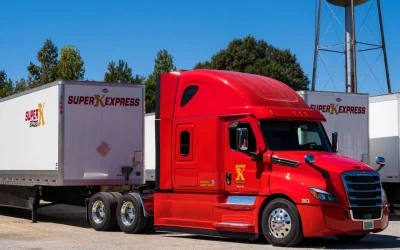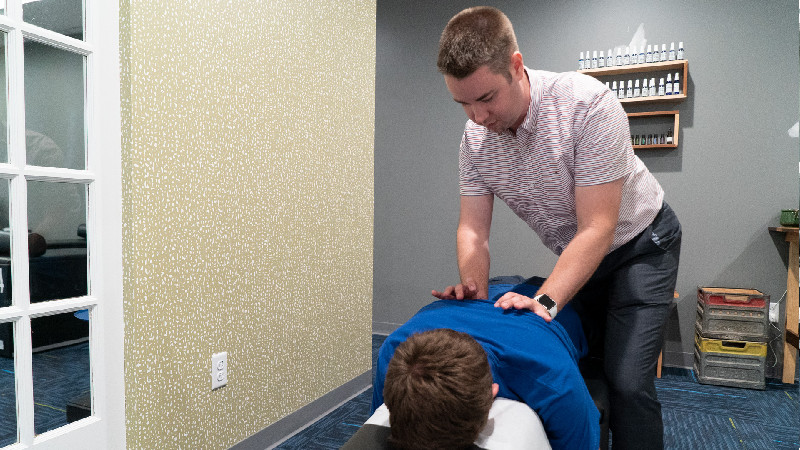When you think of most grinding methods, you may picture a machine which holds or constrains a work piece. Next, it may pass under or through a grinding mechanism and material is removed as the piece passes by. This is not how centerless grinding works. In fact, it employs a different method completely and can provide a number of important benefits.
How It Works
Imagine placing a piece of metal in between two rotating wheels. Under normal circumstances, the metal would simply be thrown out and away from the wheels. This does not occur with centerless grinding because the wheels rotate in opposite directions. In addition, the wheels are not rotating at the same speeds and the work piece sits on a platform in between the grinding wheels.
One wheel is called the grinding wheel and the other one is known as the regulating wheel. The grinding wheel does the grinding while the regulating wheel applies pressure to the part. This action keeps the piece in place and allows for grinding. In fact, the part turns as the regulating wheel turns.
Centerless Grinding Methods
There are three basic methods used for this type of grinding. For instance:
- In feed – can be used for grinding complex or intricate shapes. For example, if you need parts in the shape of an hour glass, in feed grinding is the best option.
- End feed – the part is first fed into the machine and an end stop keeps it from moving forward. Grinding is performed and the piece is then removed, and the other end can be ground in similar fashion. This grinds only the ends and is often used to create tapered parts.
- Through feed – to create cylindrically shaped pieces and parts, the work piece is fed completely through the machine. This method can only be used when you need uniform shaped parts.
Benefits of Centerless Grinding
- Less loading time – this is created by the continuous grinding process.
- No deflection – because the piece receives full support, you can create accurate grinding. This often eliminates the need to make more than one pass with the part. This can save a great deal of time and labor and increase turnaround time.
- No centering errors – allows the part to float and it creates less wear and tear on the machine and the grinding wheels.
- Can create smaller work pieces with the right attachments – by adding a magazine or hopper feed attachment, you can increase your output and provide a wider variety of parts.
- No end pressure – with no end pressure, there is no axial thrust. This allows you to grind long pieces without worrying about the possibility of distortion.
When you need professional centerless grinding services, you can depend on Minnesota Grinding. They have more than 50 years of experience in the business.


